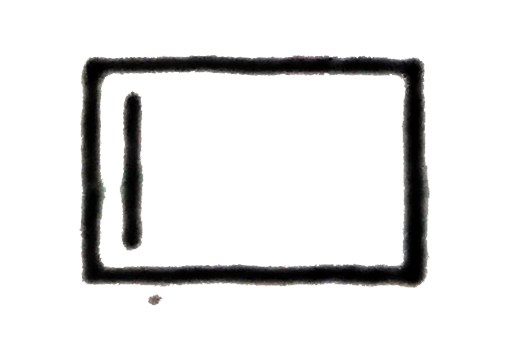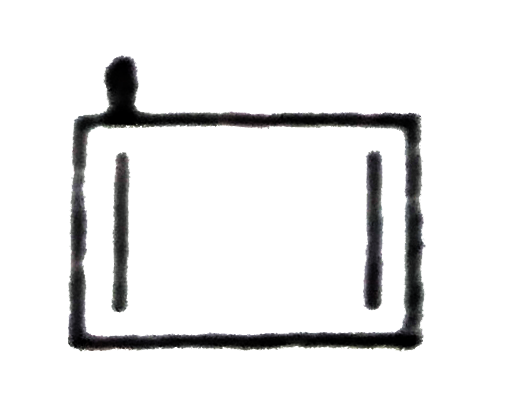An alkene on treatment with HBr in presence of peroxide can generate two types of free radicals CH3−C∣CH3−CH2−Br and CH3−C(CH3)∣Br−CH2 Predict the final product of the reaction and give reason.
To solve the problem, we need to analyze the reaction of an alkene with HBr in the presence of peroxide and predict the final product based on the formation of free radicals.
1. Identify the Alkene:
The alkene mentioned is likely 2-methylpropene (C4H8), which can be represented as:
CH2=C(CH3)CH3
2. Understand the Reaction Conditions:
The reaction involves the addition of HBr in the presence of peroxide. This is a radical addition reaction that follows the anti-Markovnikov rule, which states that the hydrogen atom will attach to the carbon with fewer hydrogen atoms.
3. Formation of Free Radicals:
When HBr is added in the presence of peroxide, two types of free radicals can form:
- Radical 1: CH3−.C−CH2−Br
- Radical 2: CH3−.Br−C(CH3)−CH2
4. Determine the Major Product:
According to the anti-Markovnikov rule, the hydrogen from HBr will add to the carbon atom that has fewer hydrogen atoms. In this case, the hydrogen will attach to the terminal carbon of the double bond (the one that is less substituted).
5. Final Product Formation:
The product formed from the addition of HBr to 2-methylpropene will be:
CH3−CH(BrC)−CH3
This can be named as 1-bromo-2-methylpropane.
6. Conclusion:
The final product of the reaction is 1-bromo-2-methylpropane due to the anti-Markovnikov addition of HBr in the presence of peroxide.
The alkene mentioned is likely 2-methylpropene (C4H8), which can be represented as:
CH2=C(CH3)CH3
The reaction involves the addition of HBr in the presence of peroxide. This is a radical addition reaction that follows the anti-Markovnikov rule, which states that the hydrogen atom will attach to the carbon with fewer hydrogen atoms.
When HBr is added in the presence of peroxide, two types of free radicals can form:
- Radical 1: CH3−.C−CH2−Br
- Radical 2: CH3−.Br−C(CH3)−CH2
According to the anti-Markovnikov rule, the hydrogen from HBr will add to the carbon atom that has fewer hydrogen atoms. In this case, the hydrogen will attach to the terminal carbon of the double bond (the one that is less substituted).
The product formed from the addition of HBr to 2-methylpropene will be:
CH3−CH(BrC)−CH3
This can be named as 1-bromo-2-methylpropane.
The final product of the reaction is 1-bromo-2-methylpropane due to the anti-Markovnikov addition of HBr in the presence of peroxide.
Topper's Solved these Questions
- HYDROCARBONSBook:CBSE COMPLEMENTARY MATERIALChapter:HYDROCARBONSExercise:3- MARK QUESTION
Explore 17 Videos
- HYDROCARBONSBook:CBSE COMPLEMENTARY MATERIALChapter:HYDROCARBONSExercise:5- MARK QUESTION
Explore 13 Videos
- HYDROCARBONSBook:CBSE COMPLEMENTARY MATERIALChapter:HYDROCARBONSExercise:1- MARK QUESTION
Explore 30 Videos
- EQUILIBRIUM Book:CBSE COMPLEMENTARY MATERIALChapter:EQUILIBRIUM Exercise:UNIT TEST
Explore 6 Videos
- HYDROGENBook:CBSE COMPLEMENTARY MATERIALChapter:HYDROGENExercise:Unit Test
Explore 11 Videos
Similar Questions
Knowledge Check
CH2∣Br−CH=CH−CH2∣BrZnCH3OH−−−−−−→ Product The predominating product is
A BCH2=C=C=CH2CCH2=CH−CH=CH2D
BCH2=C=C=CH2CCH2=CH−CH=CH2D
CH3−C∣CH3=CH2HBr−−−−→PeroxideCH3−CH∣CH3−CH2Br reaction intermediate of this reaction is:
ACH3−.C∣CH3−CH2BrBCH3−CH∣CH3−.CH2CCH3−.C∣CH3−CH3DCH3−Br∣C∣CH3−.CH2The IUPAC name for the compound
CH3−C∣OHH−CH2−C∣BrH−CHO, isA2-bromo-5-hydroxy-1-hexanalB1-bromo-4hydroxy pentanalC2-hydroxy-5-bromo-6-hexanalDNone of these
(CH3)C−Br+CH3ONa→CH3−C∣CH3=CH2+NaBr
View SolutionGive the IUPAC name of the compound CH3CH=C∣CH3−C∣BrH−CH3.
View SolutionGive IUPAC name of the following organic compound :
CH3CH=C∣CH3−C∣BrH−CH3
View SolutionGive IUPAC name of :
CH3−CH2−CH∣Br−−CH3∣C∣Br−CH2CI
View SolutionThe IUPAC name of
CH3−CH∣OH−CH2−CH2−CH2−Br∣C∣Br−CH3
View Solution
